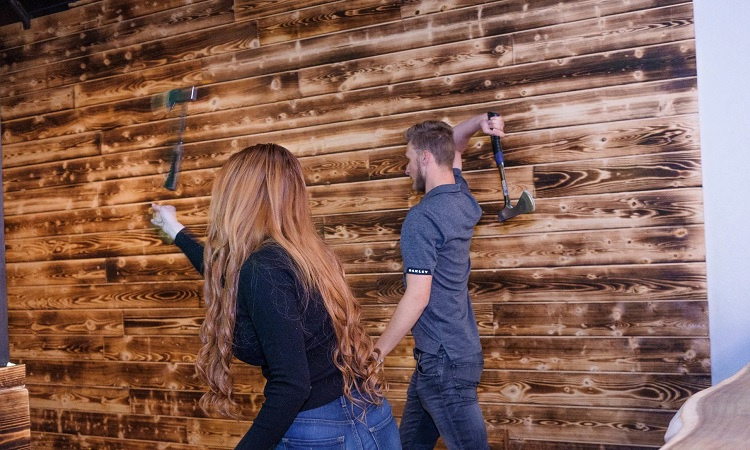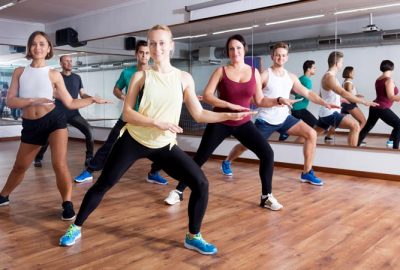The Vital Roles Of Balance And Coordination When Axe Throwing
Name any sport or physical activity, and it is almost certain that balance and coordination play a crucial role in them, and that is certainly the case with axe throwing. Whilst axe throwing requires several physical attributes to be present if the person throwing the axe is to score well, it is their balance and coordination which underpin everything else.
Those unfamiliar with axe throwing might question this and put forward the argument that surely strength is most important, given the weight of the axe and the effort required to throw it. Whilst strength is indeed an important factor in axe throwing, the point is, even the strongest person in the room will not hit the target if they are off balance and uncoordinated when they throw.
To explain this further we are going to look separately at both balance and coordination and then outline some suggestions for improving both of them to help you throw an axe more accurately which will hopefully allow you to win more axe throwing matches or even competitions.
Why Balance Is Vital In Axe Throwing
One of the key factors, not just in axe throwing, but in any sport or activity that involves throwing something, is stability. Being able to maintain a stable stance or position when throwing can mean the difference between the throw being 100% accurate, and it going massively off target.
For you to be able to maintain a stable stance, your balance has to be optimal. If your balance is out, so will your stance. If your balance is fine, then your stance is more likely to be too. In addition, having great balance means that, as you are making your throw, the entire action is smooth and without any unnecessary movements which could cause the throw to be inaccurate. Here are three simple exercises you can do at home to help improve your balance for axe throwing.
- Walking Sideways: Stand with your feet together. Whilst looking forwards simply step to the side in a controlled and slow manner. Pull your feet together again, and take another sideways step. Do ten steps to the right and then ten to the left.
- Heel Toe Walking: Place your left heel in front of your right foot so it is just touching the toes. Take a step forward so the right heel is now just in front of your left foot. Continue for ten steps keeping your eyes facing forward at all times.
- One-Legged Stance: Stand facing a wall and place the palms of your hands on the wall with outstretched arms. Next, raise your right knee as high as you can and try to stay balanced. Place your foot back on the floor, and raise your left knee. Repeat this by alternating the raised knee between your right and left whilst balancing on the other leg for 20 to 30 seconds.
Why Coordination Is Vital In Axe Throwing
The importance of good coordination can be found in many sports, and given that axe throwing particularly requires good hand-eye coordination it is certainly one where this applies. Specifically, good coordination will help to ensure that the moment the axe is released by the thrower it is moving in the correct direction and that it is being thrown with the optimal amount of force.
As axe throwing requires a specific movement to throw the axe accurately, unlike improving balance, there is no list of exercises that we can give you to improve your coordination. Here, it is a simple case of visiting your axe throwing centre as often as you can and practising. You might consider hiring an axe throwing instructor which many axe throwing centres have available. They can monitor your throwing action and provide tips on how you adjust it for better coordination.




